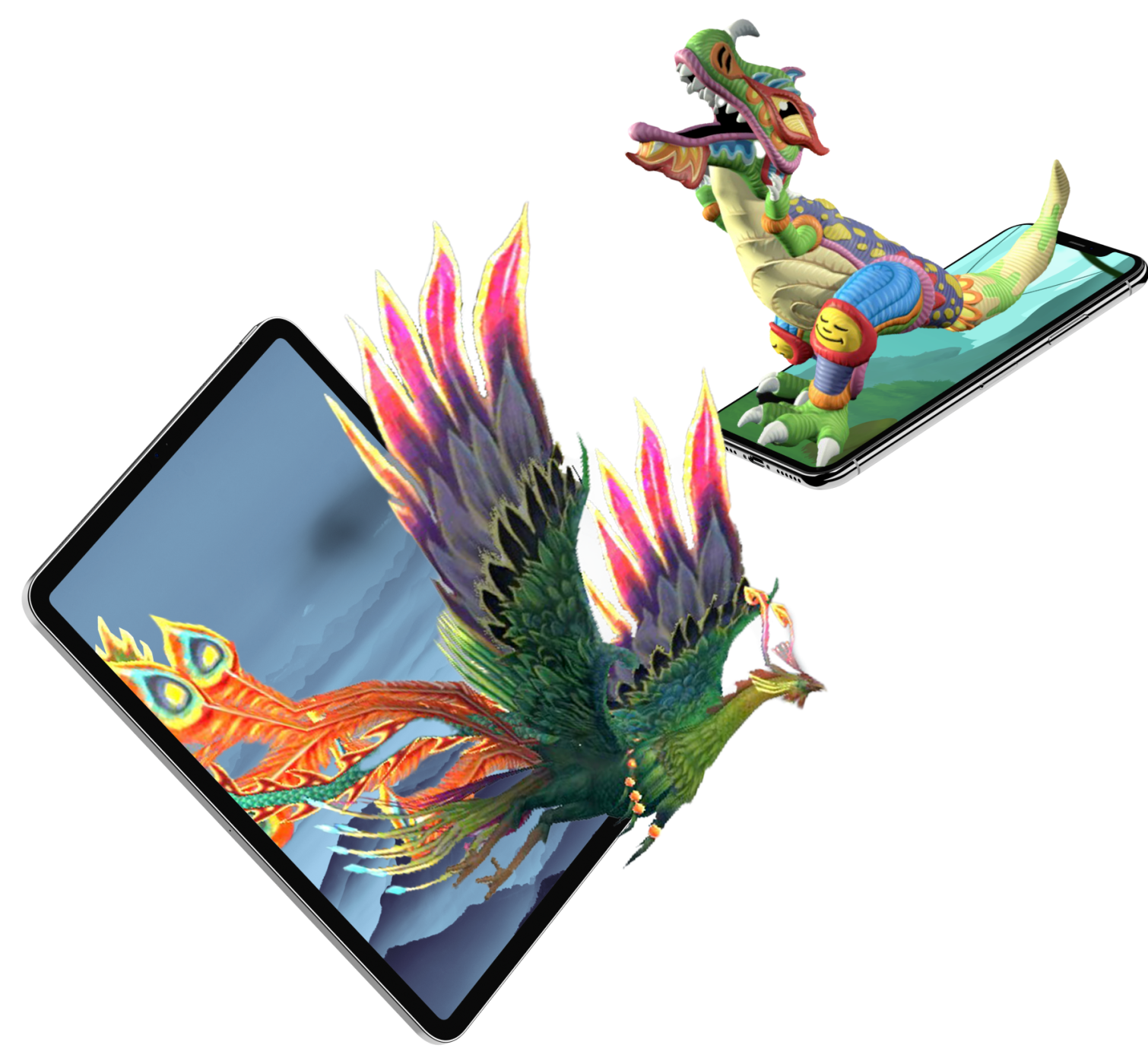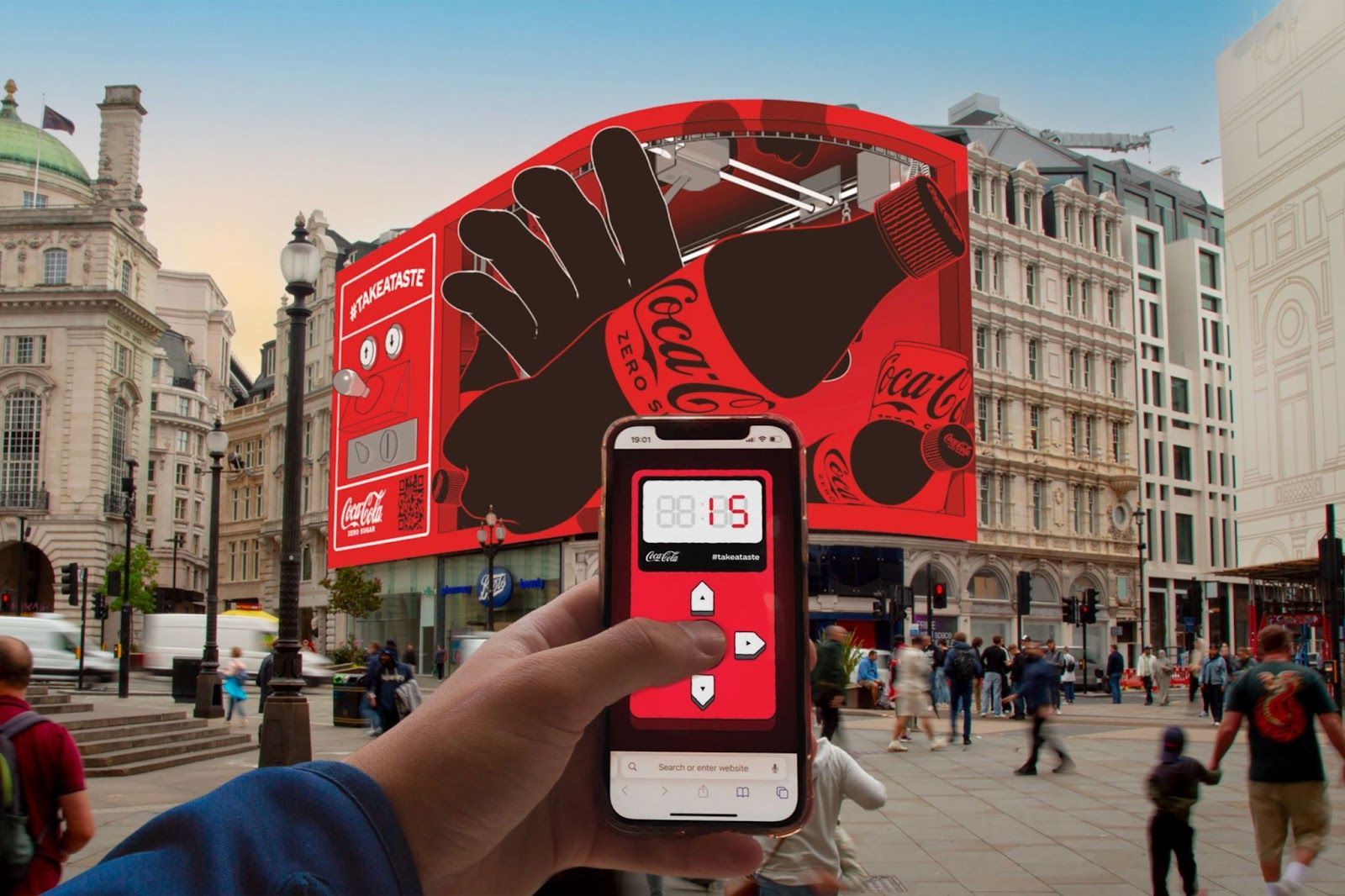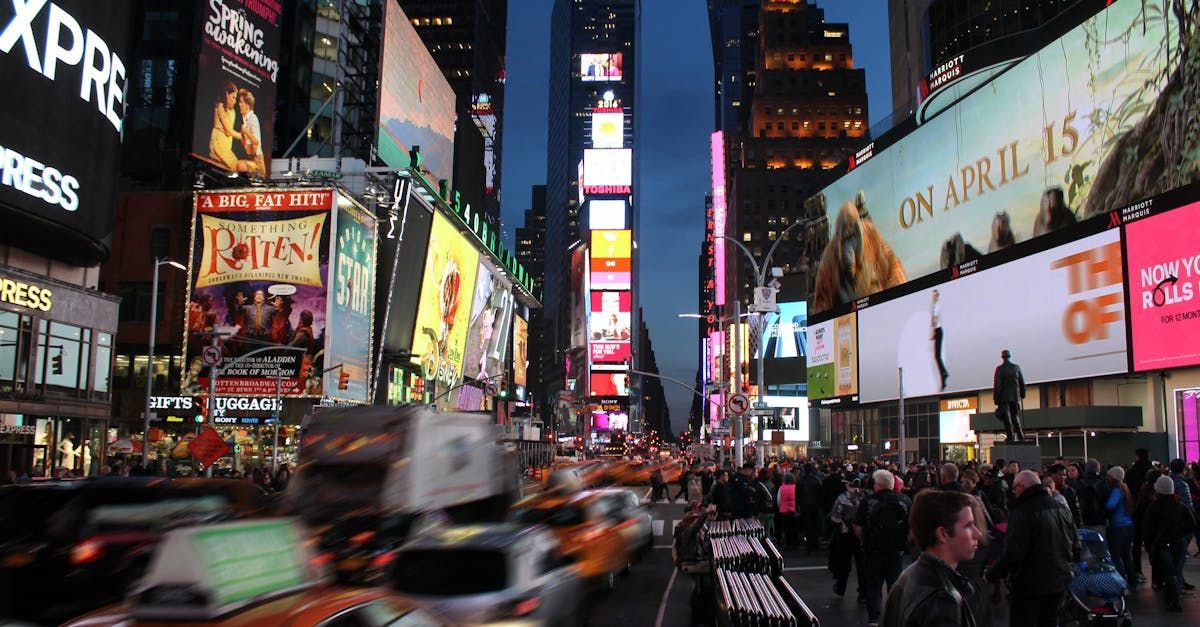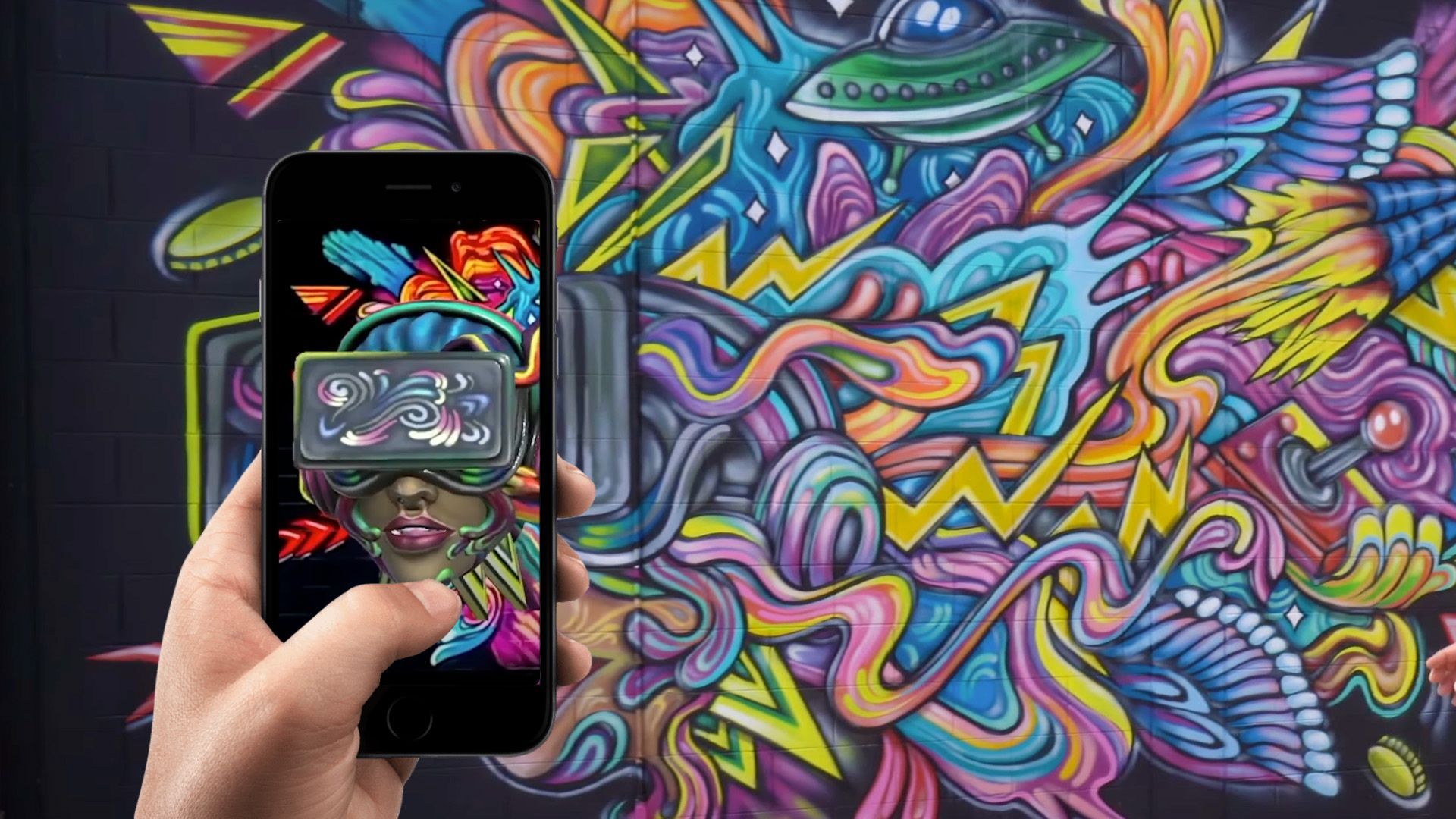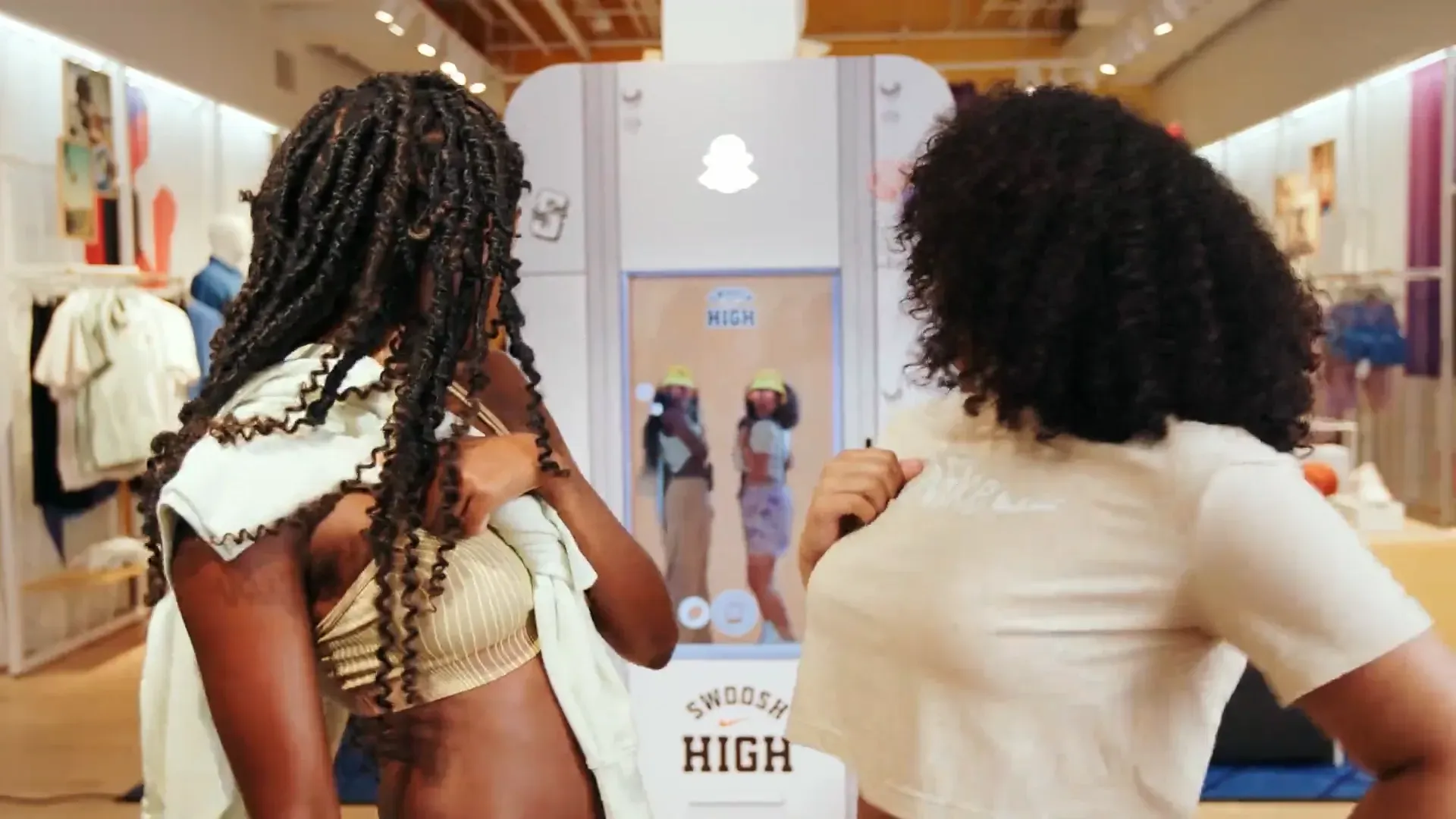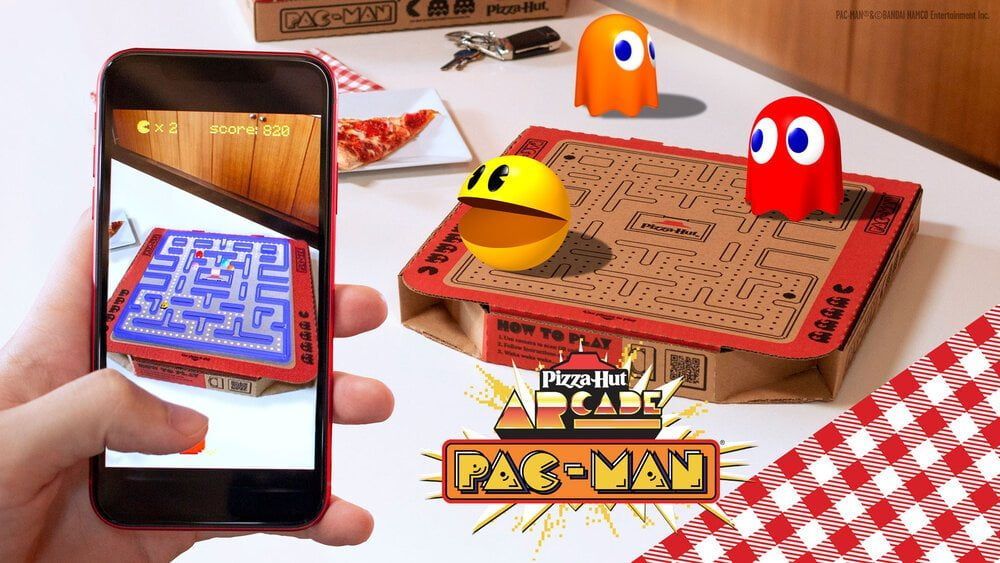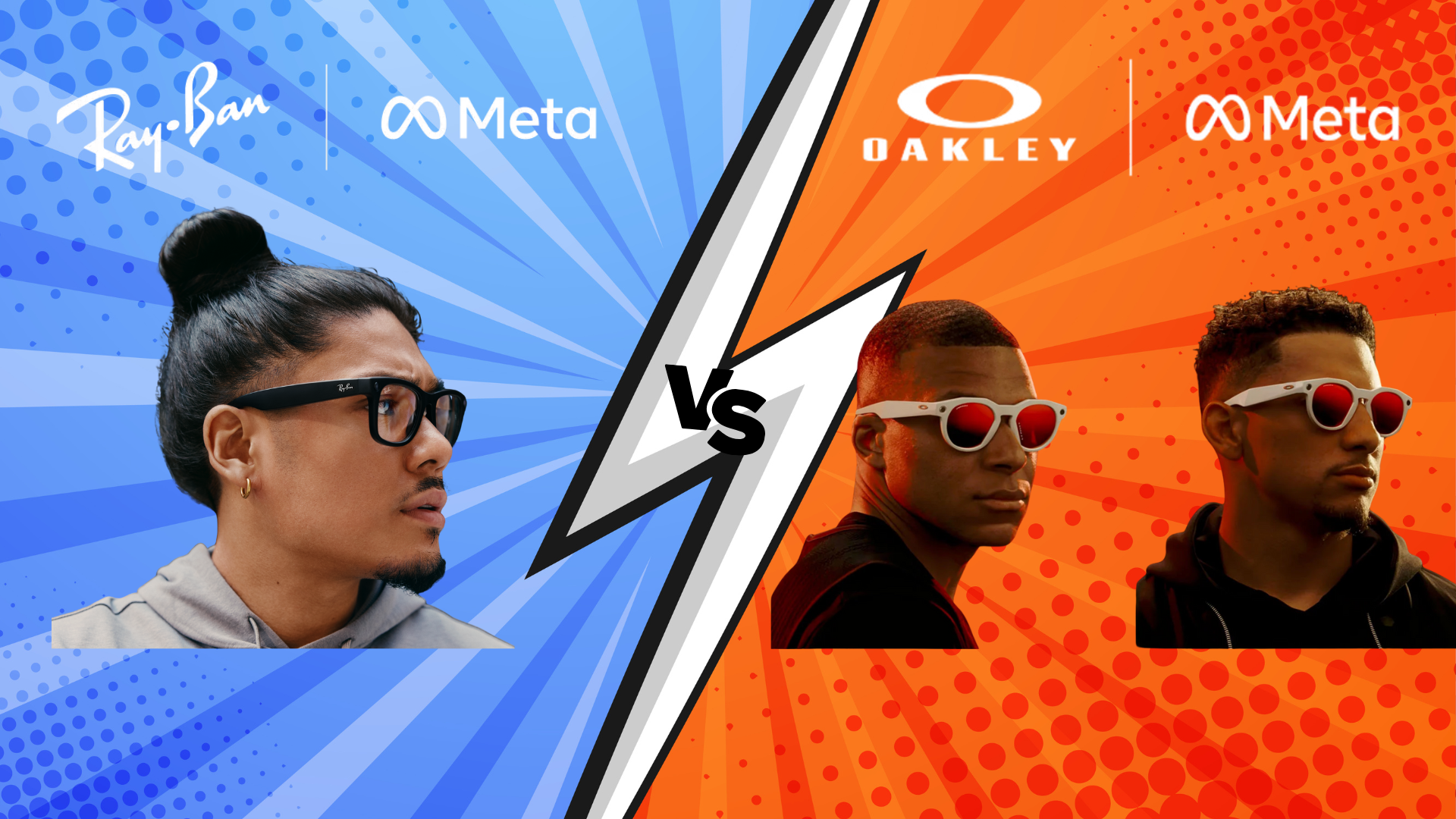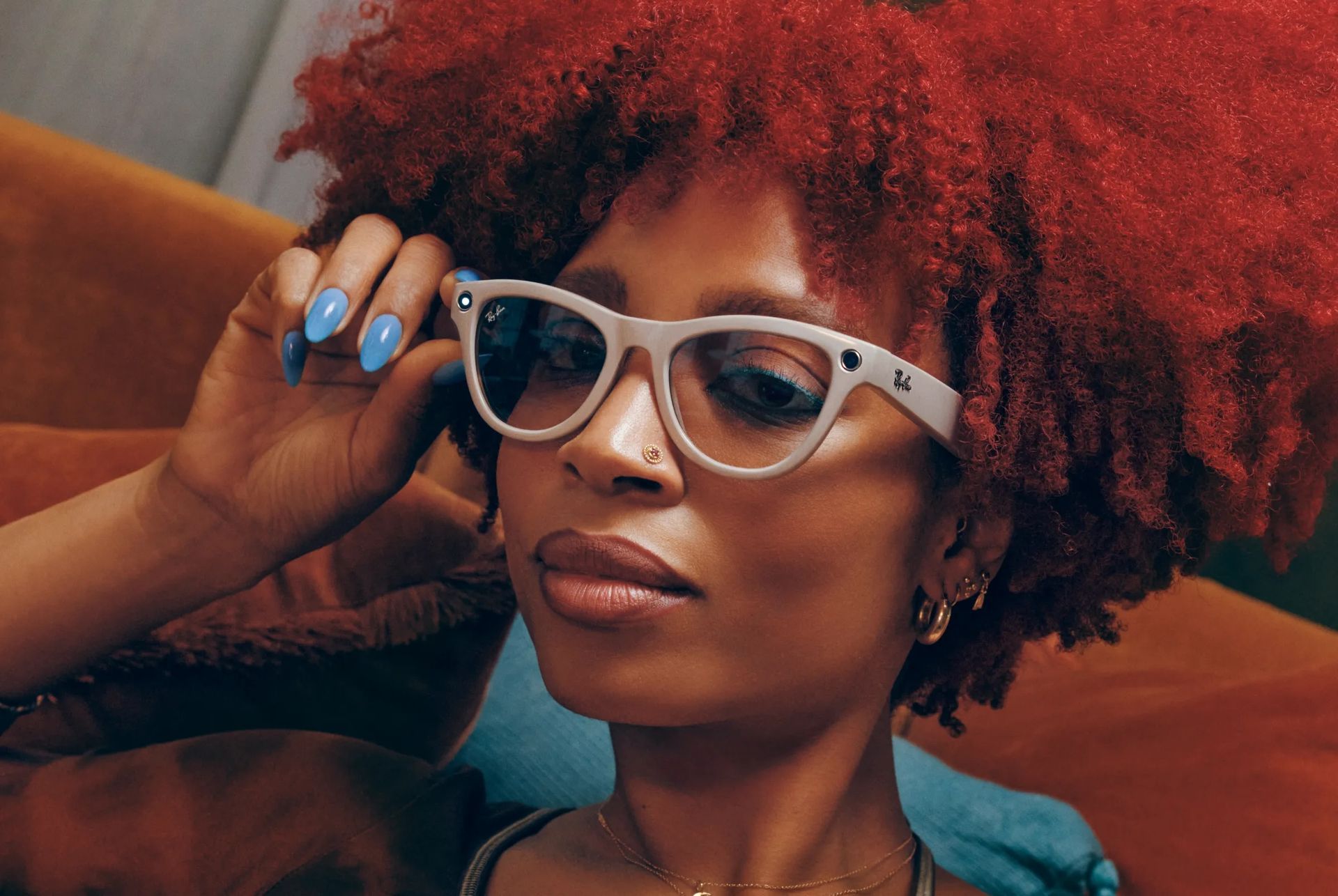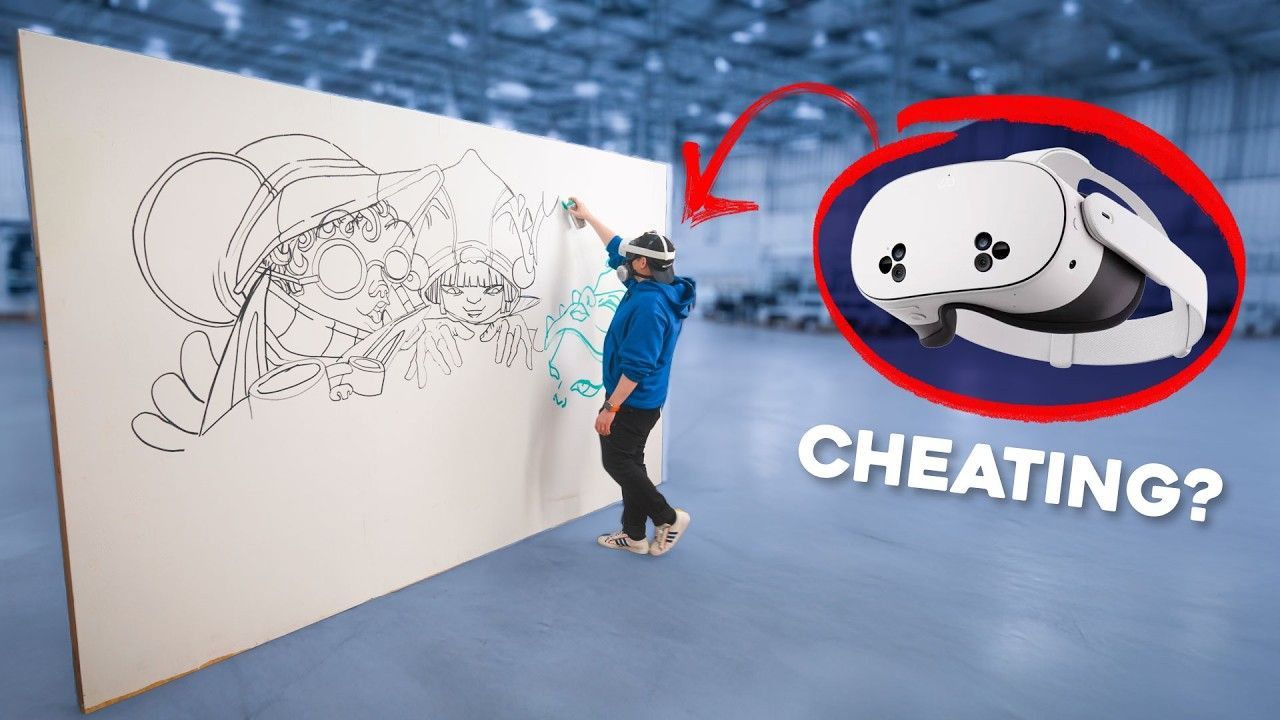How AR Murals Transform Corporate Spaces and Employee Engagement
Companies are constantly seeking innovative ways to enhance their physical spaces and boost employee engagement. Among the most exciting developments in corporate design is the emergence of augmented reality (AR) murals—dynamic, interactive art installations that blend the physical and digital worlds. These cutting-edge visual experiences change how businesses approach workspace aesthetics, brand expression, and employee interaction. This article explores how AR murals transform corporate environments and create measurable impacts on employee engagement, productivity, and organizational culture.
The Evolution of Corporate Art in the Digital Age
Corporate art has evolved far from the generic prints and conventional sculptures that once adorned office lobbies and meeting rooms. As workplaces evolve to meet the needs of a tech-savvy workforce, traditional static artwork is giving way to dynamic, interactive installations that capture attention and imagination.
AR murals represent the next frontier in this evolution. Unlike conventional art pieces that remain fixed and unchanging, AR murals leverage technology to create living, breathing installations that can transform based on viewer interaction, time of day, company milestones, or seasonal themes. This adaptability gives companies unprecedented flexibility in how they use their physical spaces to communicate values, inspire creativity, and engage employees.
What Are AR Murals?
At their core, AR murals combine traditional artistic elements with augmented reality technology to create multi-dimensional experiences. A base layer typically consists of a physical mural—painted, printed, or otherwise installed on a wall or surface. This base layer is designed with specific "trigger points" that activate digital content overlaid on the physical artwork when viewed through an AR-enabled device like a smartphone, tablet, or AR glasses.
The digital overlays can include:
- Animated elements that bring static images to life
- Interactive components that respond to viewer movement or touch
- Informational content that provides context or storytelling
- Sound effects or music that enhance the sensory experience
- Gamified elements that encourage participation and discovery
The result is a seamless blend of the physical and digital realms, creating an immersive experience that changes how employees and visitors interact with corporate spaces.
Transforming Physical Spaces
AR murals are dramatically changing how companies approach the design and utilization of their physical environments. Here's how:
Brand Expression in Three Dimensions
Traditional corporate branding in physical spaces has typically been limited to logos, color schemes, and messaging on walls. AR murals expand these possibilities exponentially, allowing companies to express their brand identity in dynamic, immersive ways. A financial services firm might feature a mural that, when viewed through AR, shows the global impact of their investments through animated visualizations. A tech company might create an installation that showcases its product development timeline with interactive demonstrations of its innovations.
Flexible Use of Space
One of the most significant advantages of AR murals is their ability to transform spaces without physical renovation. The same wall can display different content for different purposes—a client meeting, a team-building exercise, or a celebration of company achievements—all through changes in the digital overlay rather than physical modifications to the space.
Bridging Remote and In-Person Experiences
As hybrid work models become standard, AR murals offer a unique opportunity to create shared experiences between remote and in-office employees. Remote workers can access the same AR content through their devices, experiencing a version of the installation even when not physically present in the office. This helps maintain cultural cohesion across distributed teams.
Impact on Employee Engagement
Beyond their aesthetic value, AR murals are proving to be powerful tools for enhancing employee engagement in several measurable ways:
Fostering Curiosity and Exploration
Human beings are naturally curious. AR murals tap into this intrinsic motivation by creating environments that reward exploration. Employees are encouraged to discover hidden features, interact with different elements, and share their discoveries with colleagues. This sense of discovery can break the monotony of daily work routines and stimulate creative thinking.
Creating Shared Experiences
AR murals often function as conversation starters and shared reference points for employees. When a new installation appears or an existing one changes, it creates a shared experience that employees can discuss, fostering social connections across departments and hierarchical levels. These shared experiences contribute to a sense of community and belonging within the organization.
Gamification of the Workplace
Many AR murals incorporate gamified elements that encourage ongoing engagement. For example, a company might create an installation that reveals new content when certain business goals are achieved, or that includes challenges employees can solve collectively. This gamification can increase motivation and create a sense of playful competition that energizes the workplace.
Learning and Development Opportunities
AR murals can also serve as innovative tools for employee learning and development. Interactive installations can provide information about company history, product features, or industry trends in more engaging ways than traditional training materials. Some companies use AR murals as part of onboarding processes, helping new employees absorb company culture and important information through interactive experiences.
Case Studies: AR Murals in Action
Verizon's Art Basel Miami Storefronts by BrandXR
In a groundbreaking initiative that transformed retail spaces into interactive art experiences, Verizon partnered with BrandXR to create a series of AR murals across their Miami storefronts during Art Basel and beyond. The project reimagined how corporate retail spaces could engage with customers and employees alike.
The physical murals, created by artists from Project Roadmap, were inspired by local Miami cultures. Their vibrant designs captured the essence of neighborhoods from Coconut Grove to Hialeah. What made these installations truly revolutionary was the AR layer developed by BrandXR, which turned static artwork into dynamic, interactive experiences.
When viewed through smartphones, these murals transformed into what many described as "real-life video games." Customers could scan the murals to unlock hidden digital content, participate in interactive challenges, and battle in real-time using just their phones. The gamification element created a compelling reason for repeat visits, with customers returning to beat their previous scores or discover new content.
For Verizon employees, the murals created unprecedented opportunities for customer engagement. Staff reported increased job satisfaction as their role expanded from technical advisors to guides of an immersive art experience. The installations became natural conversation starters, allowing employees to connect with customers more personally while showcasing Verizon's commitment to innovation and community engagement.
The initiative demonstrated how AR murals could simultaneously serve multiple corporate objectives: enhancing brand perception, improving customer experience, boosting employee engagement, and strengthening community connections. Most importantly, it transformed ordinary retail spaces into destinations worth visiting, effectively countering the challenges faced by physical stores in an increasingly digital marketplace.
Beyond Gravity's Cosmic Headquarters Experience
Beyond Gravity, a Swiss rocket manufacturing company (formerly RUAG Space), collaborated with artist Banks Compton and technology partner BrandXR to create a series of AR murals that fundamentally transformed its corporate headquarters in Decatur, Alabama. The project encompassed eleven traditional murals, three featuring advanced AR capabilities that brought the company's aerospace narrative to life.
The centerpiece installation featured a space-themed mural that, when viewed through a smartphone app, activated a stunning visualization in which spacecraft components and cosmic elements literally appeared to leap off the wall and into physical space. These animated elements didn't just float statically—they told the story of Beyond Gravity's technical innovations and contributions to space exploration through dynamic, interactive sequences.
The impact on employee engagement was substantial. Engineers and technical staff, who were intimately familiar with the company's products, experienced a renewed sense of wonder when they saw their work visualized in such an immersive format. The AR murals helped bridge the gap between technical teams and non-technical employees, creating a shared understanding of the company's mission and accomplishments.
Beyond Gravity extended the AR experience beyond their walls by creating accompanying AR t-shirts. These wearable items featured designs that, when scanned with the same app, triggered similar space-themed animations. This extension of the experience served multiple purposes: it reinforced corporate identity, created team cohesion, and turned employees into ambassadors for the company's innovative approach.
The project exemplified how AR murals can align with a company's core business while creating meaningful employee experiences. For a space technology company like Beyond Gravity, the cosmic AR visualizations weren't just decorative—they embodied the company's forward-thinking ethos and daily mission. Following the installation, employees reported a strengthened connection to the company's purpose and a heightened sense of pride in their workplace.
Implementation Considerations
For organizations considering AR murals for their spaces, several key factors should be evaluated:
Technical Requirements
Implementing AR murals requires considering both hardware and software components. Companies must determine whether employees will access the AR experience through their personal devices, company-provided equipment, or fixed installations. Software considerations include whether to develop a custom application or use existing AR platforms and how to ensure compatibility across different devices.
Content Strategy and Updates
The dynamic nature of AR murals means they require ongoing content strategy. Organizations should plan for regular updates to keep the experience fresh and engaging. This might include seasonal themes, content tied to company milestones or campaigns, or periodic refreshes to incorporate new technology capabilities.
Measurement and ROI
As with any significant investment, companies should establish clear metrics for measuring the impact of AR murals. These might include engagement metrics (how many employees interact with the installation and how frequently), employee feedback through surveys, observable effects on collaboration or innovation, and potential impacts on recruitment and retention.
Accessibility Considerations
It's important to ensure that AR murals don't inadvertently exclude employees with disabilities. Considerations should include alternative ways for those with visual impairments to experience the content, compatibility with assistive technologies, and avoidance of designs that might trigger conditions like photosensitive epilepsy.
The Future of AR in Corporate Spaces
As technology continues to evolve, the possibilities for AR murals in corporate environments will expand accordingly. Several emerging trends point to exciting future developments:
Integration with Spatial Computing
As spatial computing technologies mature, AR murals will likely become even more immersive and interactive. Future installations might respond not just to direct interaction but to employees' movements, vocal cues, or even emotional states detected through facial recognition (with appropriate privacy considerations).
AI-Driven Personalization
Artificial intelligence could enable AR murals to deliver personalized experiences based on individual preferences, work patterns, or current projects. For example, an employee working on a particular client account might see content relevant to that client when interacting with the mural.
Collaborative Creation Tools
Future AR murals might include tools that allow employees to contribute directly to the installation. This would create a continuously evolving, collaborative artwork that reflects the organization's collective creativity.
Conclusion
AR murals represent far more than just a tech-forward aesthetic choice for corporate spaces. They embody a fundamental shift in how companies think about their physical environments and employee engagement strategies. By creating dynamic, interactive experiences that blend art, technology, and brand expression, organizations can transform ordinary walls into powerful tools for communication, collaboration, and culture-building.
As the Verizon and Beyond Gravity case studies demonstrate, these installations can serve multiple strategic objectives simultaneously—from enhancing customer experiences and strengthening brand identity to fostering employee pride and facilitating deeper understanding of company missions. The transformative potential of AR murals lies in their ability to create memorable, emotional connections that static corporate art simply cannot match.
As workplaces continue to evolve in response to changing employee expectations and work models, the ability to create flexible, engaging environments will become increasingly important. AR murals offer a compelling solution that bridges physical and digital experiences, fostering connection and engagement among distributed teams.
For forward-thinking organizations looking to differentiate their workspaces and create memorable experiences for employees and visitors alike, AR murals represent an investment in cutting-edge technology and the human elements that drive organizational success: creativity, curiosity, and connection.
TALK TO A PRO
We're here to bring your brand to life!
Stay Connected with BrandXR
Create Augmented Reality for Free!
Create, Publish, and Measure 3D Augmented Reality Experiences Without Having to Code.
